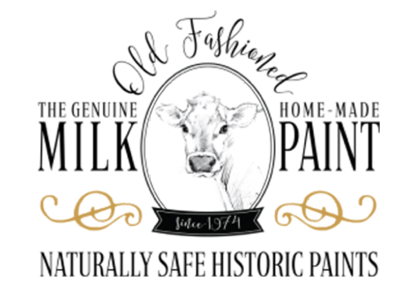I have been toying with the idea of using period correct "milk paint" to reproduce a contract eagle variant on a reproduction snare drum. For effect, I have been practicing my art work on raw maple planks to get the image I desire prior to setting off on the actual drum shell.
The ?Question? that I didn't quite figure out is, will milk paint hold on the current shell sealent (not sure if polyurethane or similar...) Has anyone had experiences with milk paint they like to share?
Regards,
Erick Gustin
51st OVI Co.B &
Cleveland Zouave Light Guards
The ?Question? that I didn't quite figure out is, will milk paint hold on the current shell sealent (not sure if polyurethane or similar...) Has anyone had experiences with milk paint they like to share?
Regards,
Erick Gustin
51st OVI Co.B &
Cleveland Zouave Light Guards



Comment